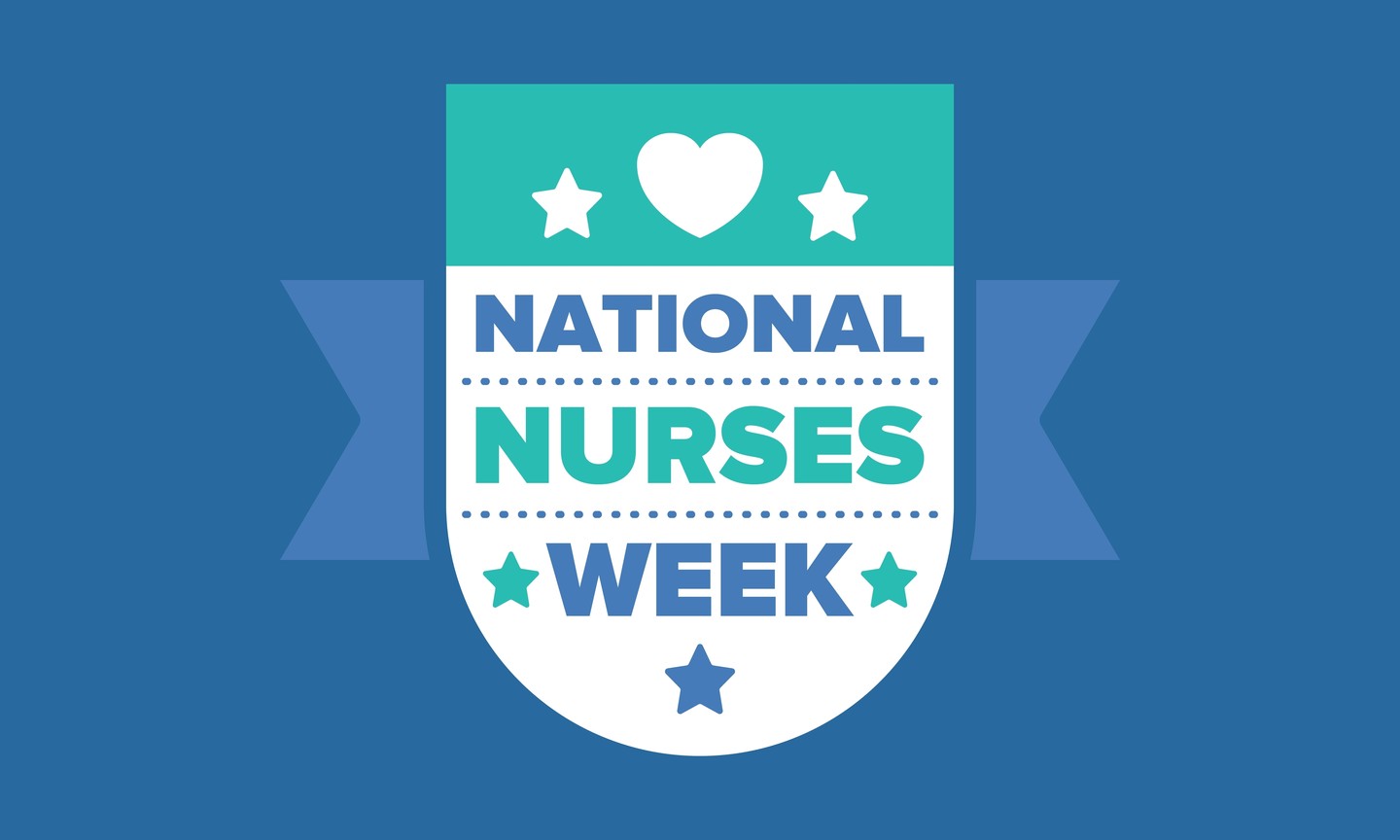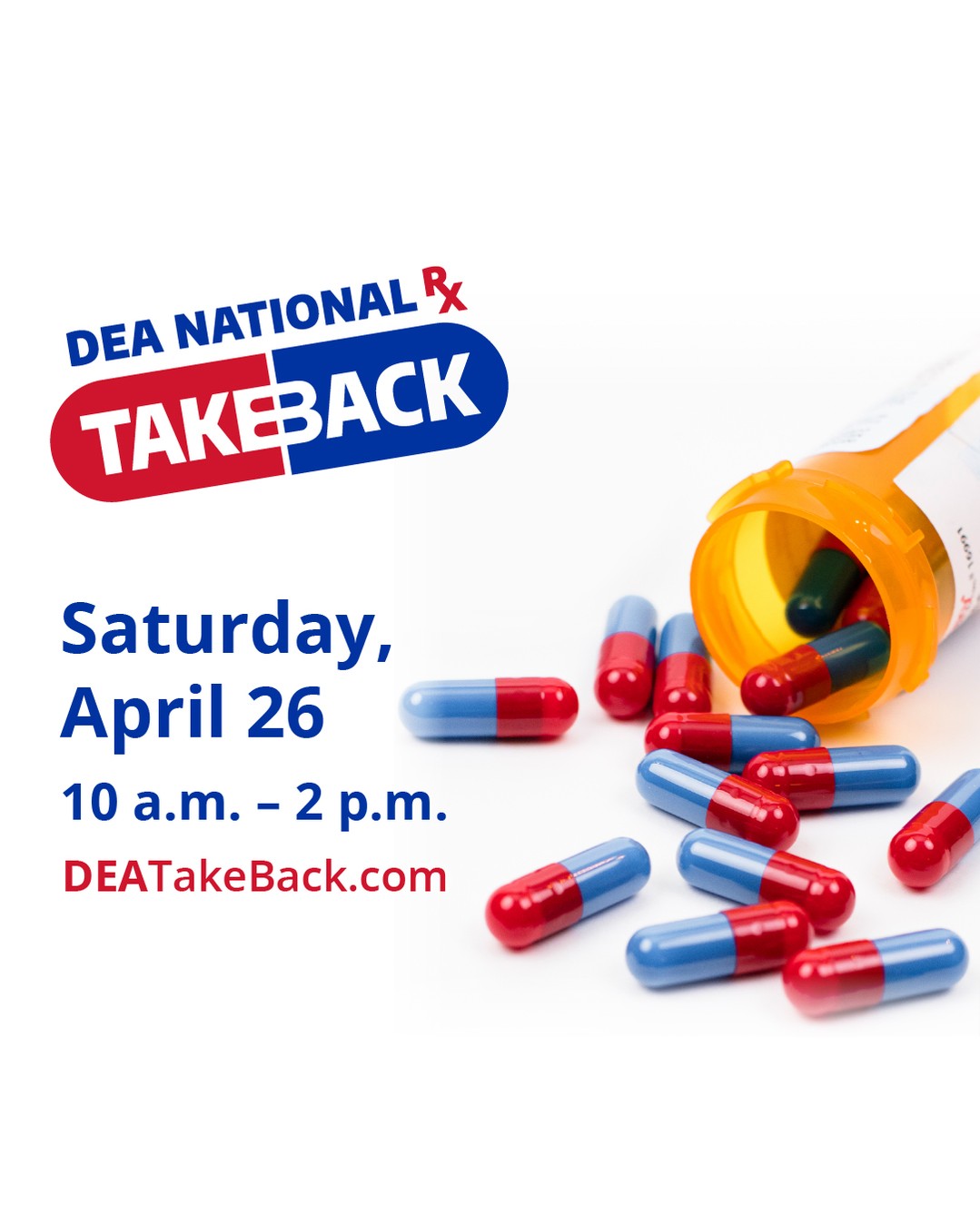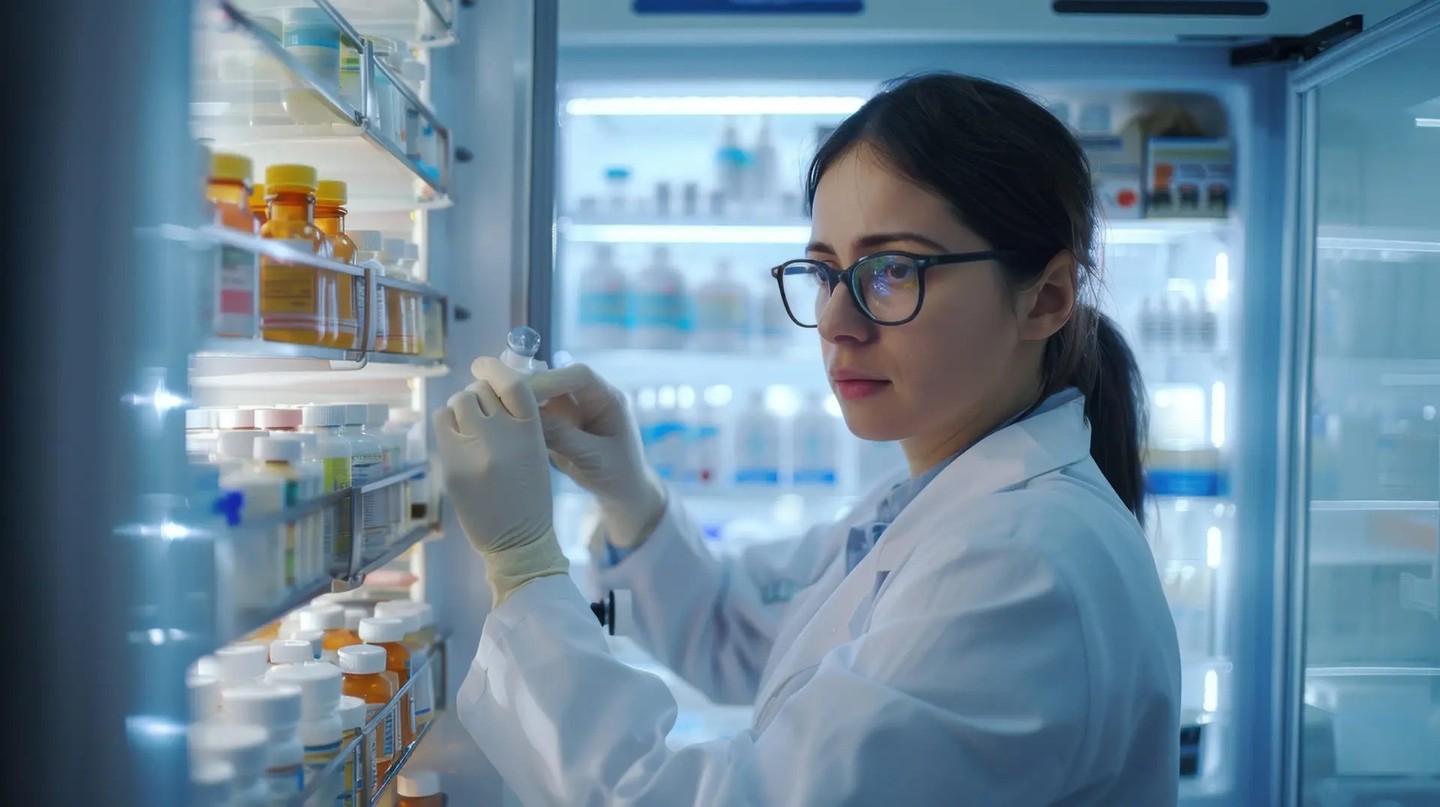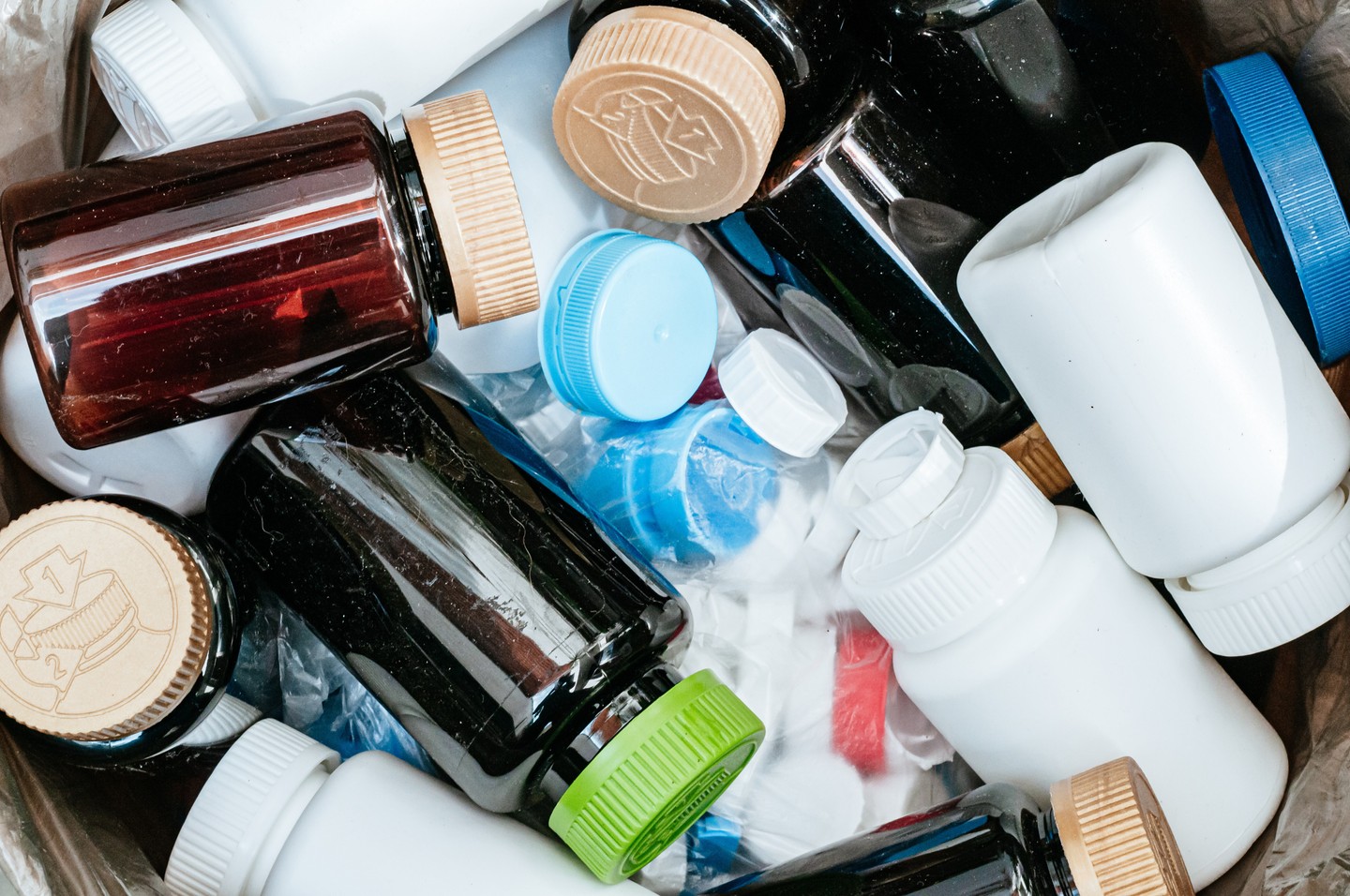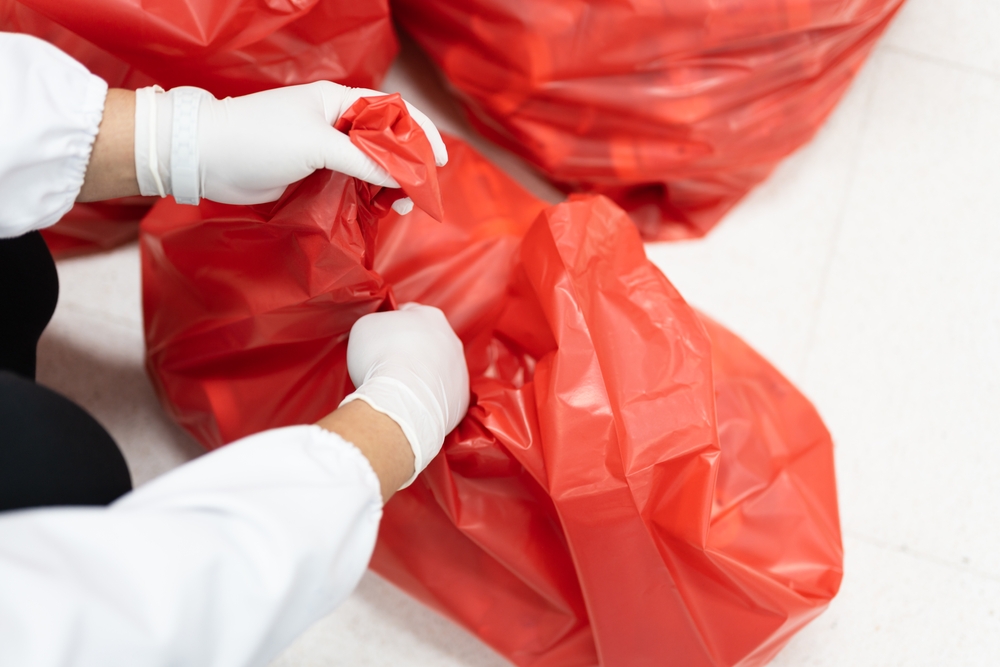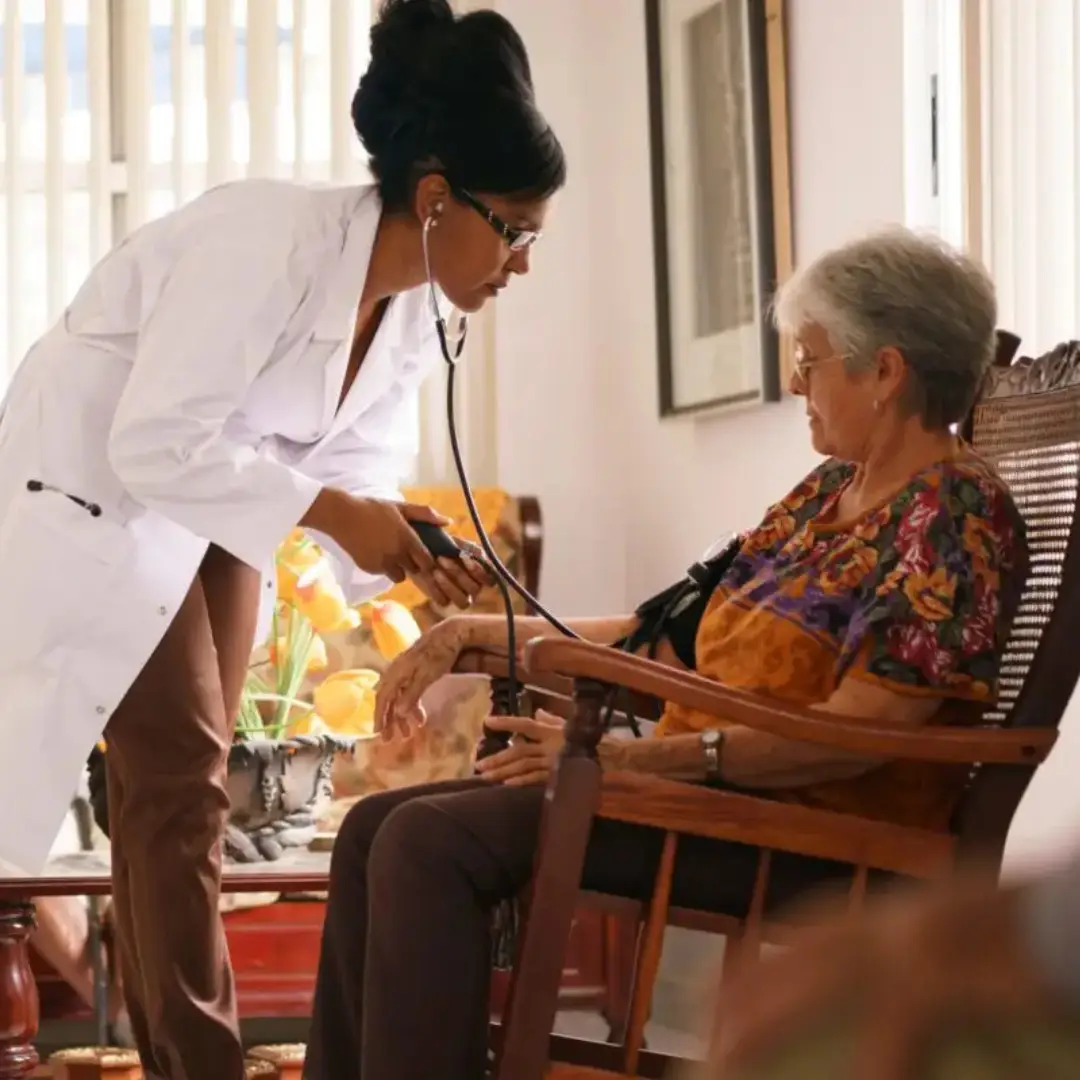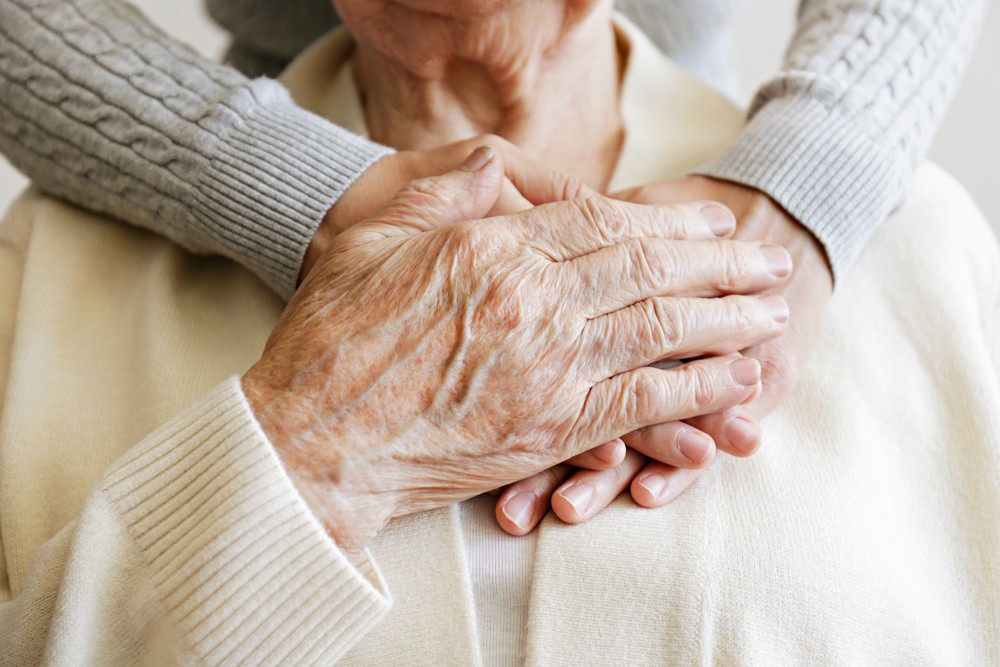The spread of infectious diseases is commonly discussed in the context of hospitals and long-term care facilities. But it should be no surprise that the dental industry is not immune from these threats. The spread of harmful bacteria and viruses in the dental setting can happen quickly and across all parts of the office, not just the operatory. One study isolated colonies of methicillin-resistant Staphylococcus aureus (MRSA), a difficult-to-treat multidrug resistant organism, from operatory surfaces such as light switches, computer keyboards, and even dental chair push buttons, and found increased levels of contamination during dental procedures.[i]
Cross-contamination involves more than just an individual carrying the pathogen, and the responsibility of keeping patients and staff safe falls to everyone in the office, especially during tumultuous flu seasons. Dentists carry the weight of a multitude of potential sources of infection in the operatory. Treating patients brings not only the spread of aerosols and splatter that contain potentially harmful pathogens, but also involves contamination through touch by everyone in the room and beyond, from the use of handpieces to computer keyboards. Without proper precautions and protocols in place, dentists, their staff, and their patients can unknowingly collectively cross-contaminate nearly half of the surfaces in the entire facility within hours.[ii]
Practice leaders should take the time to educate themselves, their teams, and their patients on such basics as proper hand hygiene and should follow industry guidelines to select effective surface disinfectants to safeguard against common pathogens. Identifying where patients and staff move to in the practice and with what surfaces they are in contact before, during, and after patient care is a good first step in developing a team-led cleaning and disinfection protocol. Frequent communication about common vectors of cross-contamination and a discussion about infection control are vital.
Evaluating and selecting surface disinfectants
The product selection process includes evaluating multiple criteria, including Environmental Protection Agency (EPA)-registered disinfection claims against common dental pathogens, user experience, and surface compatibility. Dentists should check in with the team members who are most heavily involved in cleaning and disinfecting—often the dental assistants and hygienists—to determine the key criteria. Next, the team should evaluate their current disinfectant against these key criteria and investigate other products if their product is not meeting the practice needs. While it’s important to protect surfaces and equipment from pathogen contamination, it’s also important to safeguard materials against damage associated with disinfectant misuse. Teams should contact equipment and surface manufacturers to ensure their selected disinfectants are compatible.
EPA-registered disinfectants such as the Clorox Healthcare Fuzion Cleaner Disinfectant are specifically-formulated to be compatible with a broad range of materials commonly found in dental settings (i.e., stainless steel, plastics), eliminating the need to make tradeoffs between efficacy and surface compatibility. Protecting valuable equipment from potential damage saves practices from making avoidable replacement purchases and helps them maintain the health and appearance of their physical environments.
Ensuring officewide compliance
Dental teams can only maintain a proper infection prevention protocol if the team leaders implement and continue to promote a culture dedicated to compliance and continuous improvement. Team members should receive regular training on surface disinfectant use in the context of office protocols to ensure compliance.
Thanks to the efforts of the Occupational Safety and Health Administration (OSHA), the Centers for Disease Control and Prevention (CDC), and the Organization for Safety, Asepsis and Prevention (OSAP), there are a number of resources dentists can turn to when it comes to enforcing safe, preventive behavior. Evidence-based guidelines such as the Infection Prevention Checklist for Dental Settings from the CDC set the standard for the industry, and the CDC DentalCheck mobile app makes it even easier to ensure compliance with the guidelines. From the OSHA Bloodborne Pathogen Standard to the CDC Oral Health page and the OSAP knowledge center, these resources help dental teams feel confident that they are providing their patients with the highest quality of care.
Sarah C. Bell-West, PhD, serves as a technical liaison for Clorox Healthcare, where she supports the development and implementation of surface disinfection solutions across the health-care continuum. She holds a doctorate in chemistry from the University of California, Berkeley, and is an active member of the Association for the Healthcare Environment and Association for Professionals in Infection Control and Epidemiology. [i] Motta, RH et al. Isolation and Antimicrobial Resistance of Staphylococcus aureus Isolates in a Dental Clinic Environment Infect Control Hosp Epidemiol.2007 Feb;28(2):185‐90. [ii] Sexton, et al. Tracking and controlling soft surface contamination in health care settings. American Journal of Infect Control. 2017; 46 (1): 39-43
This post, Beyond the operatory: Implementing officewide infection prevention, first appeared on https://www.dentistryiq.com.
